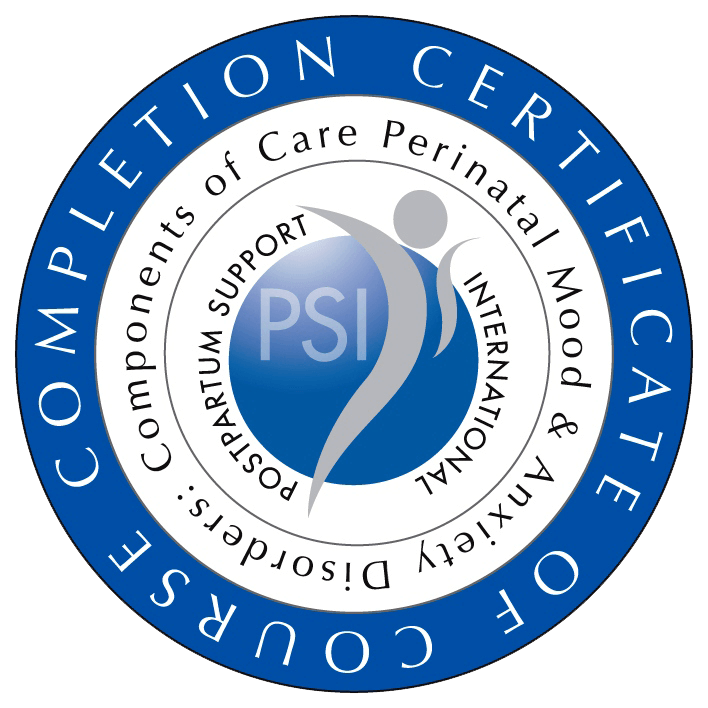As the days grow shorter and the temperature gets colder, many people begin to feel a shift in their energy levels and moods. This is commonly known as Seasonal Affective Disorder (SAD), and it can affect millions of people worldwide. Understanding the causes, recognizing the symptoms, and implementing strategies to manage SAD can make a significant difference in overcoming the disorder and boosting your mood.
What Is Seasonal Depression?
Seasonal depression is exactly what it sounds like; a type of depression that follows a seasonal pattern. It is most common in fall and winter months, when the daylight hours are shorter. This condition is linked to changes in the body’s internal clock, its melatonin production, and serotonin levels, which are heavily influenced by sunlight exposure.
Symptoms of seasonal depression include:
- Persistent low mood or sadness
- Loss of interest in activities
- Low energy and fatigue
- Difficulty concentrating
- Changes in appetite or weight
- Oversleeping or struggling to wake up
- Social withdrawal or isolation
Tips for Managing Seasonal Depression
Fortunately, there are several strategies for managing SAD and boosting your mood during the darker months.
1. Maximize Sunlight Exposure
Sunlight plays a crucial role in regulating mood and energy levels. Aim to get as much natural light during the day as you can.
- Open your curtains or blinds to let in sunshine.
- Take a walk outdoors during daylight hours, especially in the morning.
- Sit near windows when working or relaxing.
- Consider rearranging spaces or furniture to get more exposure to natural light.
2. Invest in Light Therapy
Light therapy is a common treatment for SAD. A light therapy box, mimicking natural sunlight, helps alleviate symptoms by regulating your internal clock and increasing serotonin.
- Use a light therapy box for 20-30 minutes each day.
- Do some research to ensure the light therapy box is specifically designed for individuals with SAD.
- Consult a healthcare provider before the daily use of light therapy, especially if you have eye sensitivity or are prone to overstimulation.
3. Stay Physically Active
Exercise is a powerful mood booster and can help combat seasonal depression.
- Engage in physical activities that are fun for you, such as dancing or yoga.
- Aim for at least 30 minutes of moderate exercise a few times a week.
- Consider exercising outdoors or during times where there is sunlight exposure.
4. Maintain a Healthy Diet
Your diet can also significantly impact mood and energy levels. Focus on nutrition and incorporate foods that provide sustained energy and support brain health.
- Fruits, vegetables, whole grains, and protein in meals are the most important.
- Limit your intake of high sugary foods, for they can cause energy crashes.
- Stay hydrated to avoid fatigue and sluggishness.
5. Create a Consistent Sleep Routine
A disruption of sleep patterns is common for SAD. Establishing a consistent sleep schedule can help regulate your body’s internal clock.
- Avoid screens and bright lights at least an hour before bedtime.
- Create a calming bedtime routine, such as taking a bath, meditation, or reading a book.
- Keep your bedroom cool, quiet, and comfortable to promote good sleep.
6. Stay Connected
Social isolation can worsen symptoms of depression. Make an effort to stay connected with close friends and family.
- Schedule regular check-ups with others, even if it’s just a phone call.
- Join local groups or clubs that align with your interests.
- Volunteer to help out in your community and give back to others.
When to Seek Professional Help
While these changes can be highly effective, there may be times when additional support is necessary. If your symptoms persist, worsen, or interfere with your daily life, consider reaching out to a mental health professional.
- Talk to a therapist to receive an assessment and a possible diagnosis and treatment plan.
- Consider different therapy options for depression and determine which one will be the right fit for you.
- Reach out to a local mental health agency and call for more information.





